In the Siberian Arctic, New Year Comes in June
Yhyakh is the summer holiday we all need.
Many cultures celebrate the New Year twice: once on January 1, and once on a culturally-specific date. Persians have Nowruz, Thais have Songkran, and some Russians celebrate New Year on January 13 or 14, following the old Orthodox Christian calendar. But for the Sakha (or Yakut) people of Russia’s far north, New Year falls on June 21, the summer solstice, resulting in a unique dual holiday known as Yhyakh (pronounced like “uh-hukh”).
“When I was growing up, it was just part of our summer, always,” says Maria Solko, who makes videos about Sakha culture on her YouTube channel, Life in Yakutia. “It’s just so important for us.” Solko now lives in Almaty, Kazakhstan, but has fond memories of celebrating Yhyakh with her family in the Sakha Republic.
Also called Yakutia within Russia, the semi-autonomous Sakha Republic is the largest country subdivision in the world at over three million square miles; an area larger than Argentina. Though rich in natural beauty, resources, and culture, the region is most famous for its Arctic winters, with the capital, Yakutsk, nicknamed “the coldest city in the world.”
Winter in the Sakha Republic is long, dark, and cold. From mid-November to mid-March, the temperature reliably stays well below zero degrees Fahrenheit; the record low in Yakutsk is minus 84 °F. Residents must take extreme measures to survive such conditions, like stuffing the smallest gaps in their homes with moss for insulation, taking regular steam baths, and keeping parked cars running to prevent their engines from freezing. No person leaves the house without layers of fur-lined protective gear, and sometimes even the hardy local horses and cattle are brought indoors to protect them.
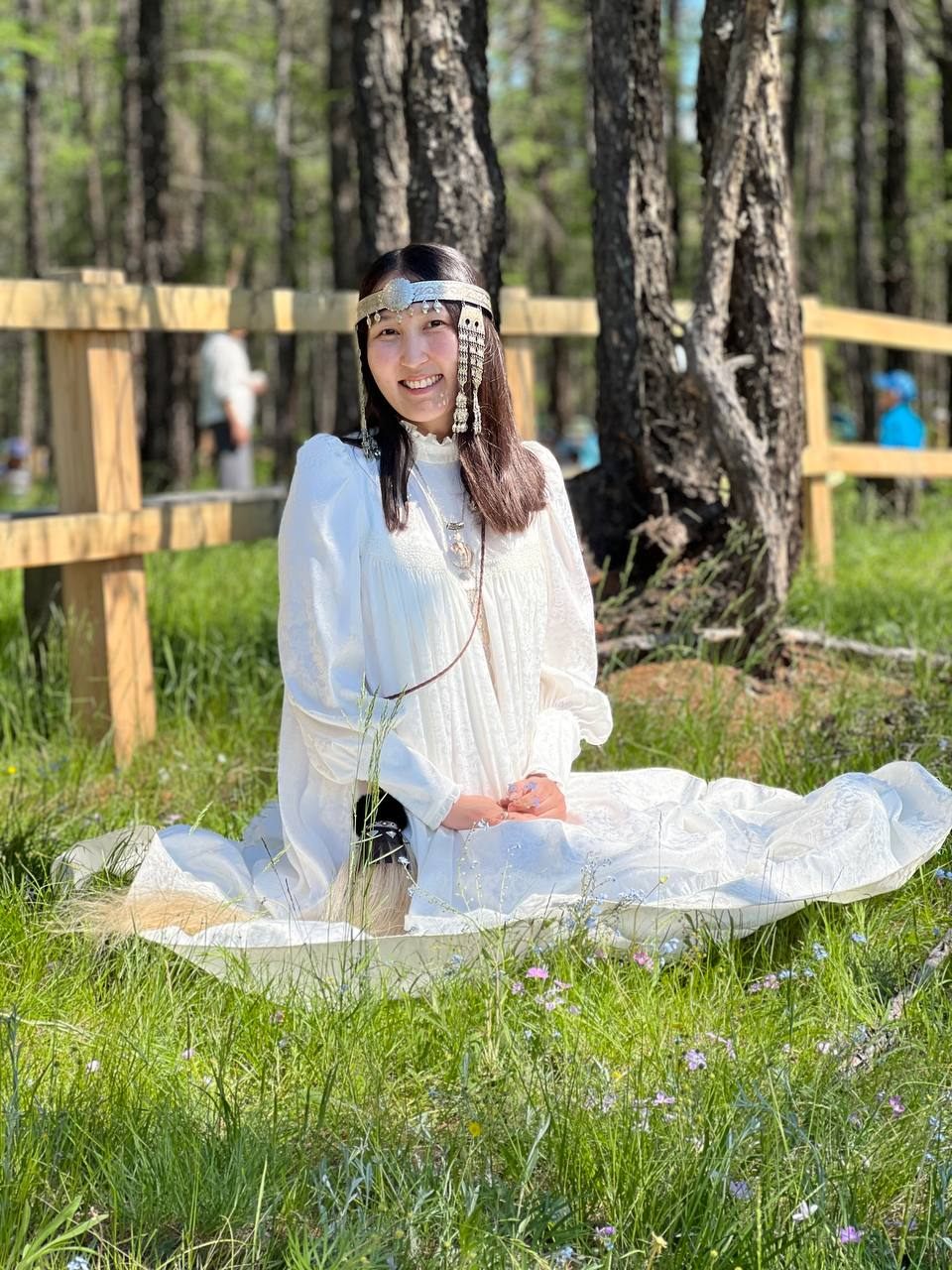
“People get so tired of the long winter,” says Solko. “They wait for the warm weather so they can all gather together.” While the Sakha Republic receives only four hours of daylight in January, the Arctic phenomenon of the midnight sun during the brief, warm summertime gives a unique significance to the solstice for Sakha people. “On the 21st of June, it’s the longest day and the shortest night,” says Solko. “The sun almost doesn’t go down. It gets dark for only two or three hours. So this day is very, very special. And we choose to celebrate on this date, because at this time, the summer begins, and then nature awakens.”
In a place where the cycle of life is defined by winter—preparing for it, enduring it, and celebrating its end—the solstice is viewed as the happy start to a new year. Anthropologist Eleanor Peers described Yhyakh as the one time when the Sakha can relax and enjoy the warm weather, “just before they move into the intense activities of their short summer: haying, foraging, hunting, building, and performing other outdoor tasks in preparation for the long winter.” Historically, the holiday also served an important social function as a time for different communities to gather in one place. “Yhyakh was traditionally the year’s only time for mass social interaction,” wrote Sakha-American anthropologist Kathryn Yegorov-Crate, “and was thus the perfect justification to don one’s finest clothes, to visit with friends and extended family, and for young folk to meet, court, and marry.” Solko adds that “in Sakha belief, on this day, the gods come to people and give blessings. And on this day, you think about your ancestors, you think about tradition. So it also has a connection with your past.”
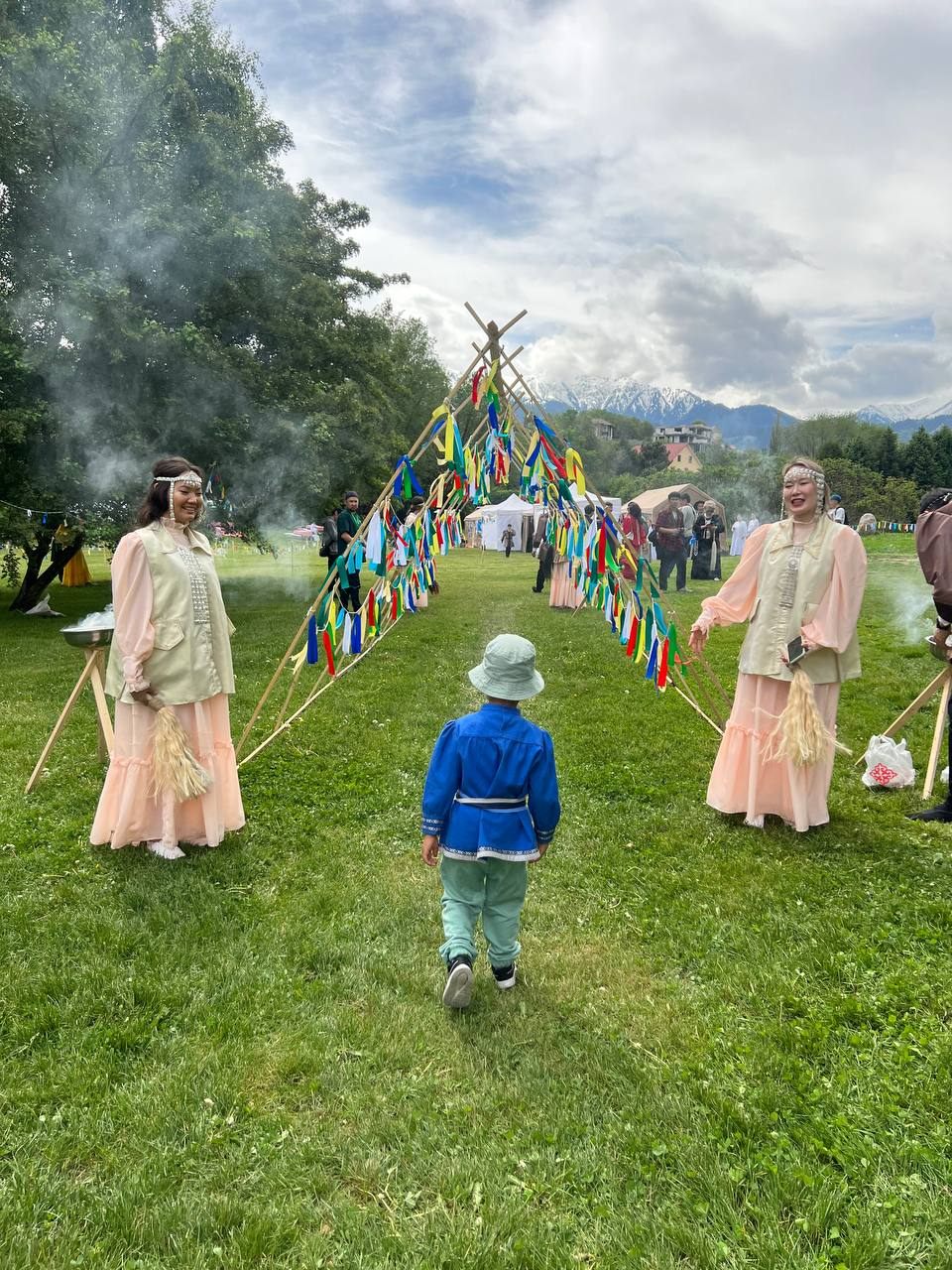
Although some Sakha now live in modern cities, Yhyakh is still celebrated outdoors as it was in past centuries, in a local landform called an alaas. Meaning “meadow in the forest” in the Sakha language, an alaas is a wide-open grassy field sunken into the earth, often with a lake at its center, formed by the thawing and freezing of Arctic ice. These Arctic oases have long been focal points for Sakha communities because they provide vital grazeland for livestock.
The local government organizes Yhyakh gatherings, which mingle festival-like entertainments with the worship of nature. Things kick off at noon with the Algys, a blessing led by a shaman called the Algyschyt. “He asks the gods for a good year, for a lot of food and abundance,” says Solko. The Algyschyt lights a fire and makes food offerings to the gods, including a sprinkling of kymys (fermented horse milk) over the flames. Solko explains that this ritual is the origin of the holiday’s name: she translates Yhyakh as “Let’s sprinkle!” Next, celebrants join hands for a circle dance, “like the Earth going around the sun,” says Solko. Families then enjoy a picnic lunch of summertime delicacies like pancakes with cream and foraged berries.

Long into the sunlit night, celebrants visit vendors, snack on meat skewers, and watch or participate in live entertainments, such as music, dance, and a series of athletic competitions called the Dygyn Games. These include traditional forms of wrestling, as well as archery and both foot and horse races. Solko notes that in some villages, victors of the Games are still awarded in the traditional manner, with the best cut of horse meat or beef, but monetary prizes have become more common. Prizes may also be awarded for non-athletic achievements like best cooking, or for the girl with the longest hair.
At the end of these activities, after the brief, dark night has passed, “we go to meet the sunrise,” Solko explains. “And at sunrise, there is also a ritual of asking the gods for luck, for good health, and so on.” Celebrants stretch out their hands to greet the rising sun and take in the warmth and light that they have longed for all winter. “We all share the same sun, and our life on Earth is only possible because of the sun’s light and energy,” says a Sakha woman quoted in a YouTube documentary, who calls this “the most magical moment” of Yhyakh.
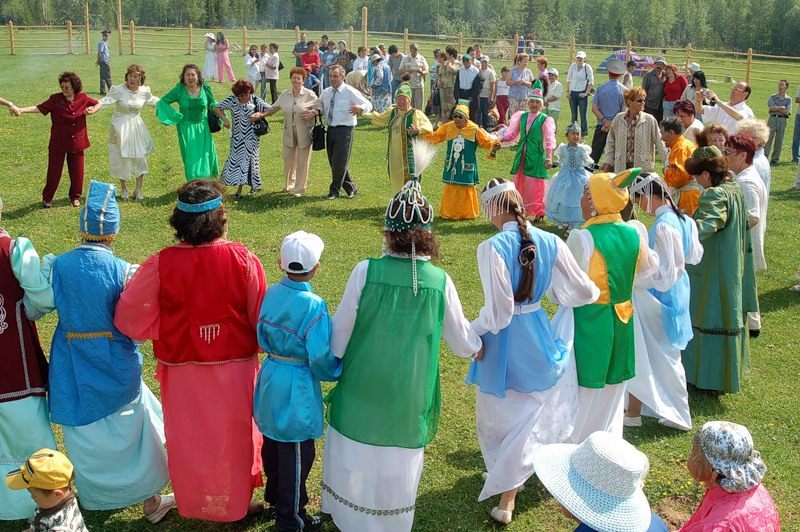
The earliest written accounts of Yhyakh were made by European visitors in the 1600s, but the holiday’s origins likely stretch back much farther. Solko points out that some of the religious symbols and rituals of Yhyakh have “deep Turkic roots” that the Sakha share with related peoples like the Kazakhs and Tatars. But although Yhyakh has been practiced for centuries, it has not remained unchanged. During the Soviet era, the government limited Yhyakh celebrations, and those that did occur had to be stripped of Sakha spirituality and modified in accordance with collectivist Soviet principles. While it’s possible that remote villages continued to celebrate in the traditional manner, Yhyakh did not become an official holiday in the Sakha Republic until after the Soviet Union’s fall, with Yakutsk holding its first Yhyakh celebration in 1992. Today the Yhyakh held in Yakutsk is the Sakha Republic’s largest, with up to 200,000 attendees.
Some of today’s customary Yhyakh performances, such as the “Crane Dance,” draw on ancient symbolism but were designed in modern times for a post-Soviet audience. Organizers responsible for reviving Sakha culture in the 1990s believed that emphasizing the entertainment aspects of Yhyakh for audiences to enjoy was key to ensuring its survival. For this reason, during COVID restrictions, Yhyakh performances were filmed and posted online instead of being canceled altogether.

Solko notes that Yhyakh “becomes bigger and more festive” every year, with more dancers, more elaborate costumes, and larger audiences, although the main schedule, including the religious elements, remains the same. Some Yhyakh celebrations are now staggered so that people can attend multiple ones, with the help of a long-distance bus service, and there’s been an increasing number of non-Sakha drawn to Yhyakh as tourists.
While Yhyakh continues to grow within the Sakha Republic, Sakha who have moved abroad are also beginning to celebrate in other countries. In 2023, Solko attended a first-of-its-kind event: a Yhyakh celebration in Almaty, Kazakhstan, where Solko and many other Sakha people have emigrated in recent years. “We are actually very proud of it, because it’s not sponsored by the government, it’s all made by volunteers,” says Solko. “Almost 2,000 people participated in this holiday.” This year, the Sakha of Almaty devoted six months to planning their Yhyakh celebrations.
Solko is pleased that more people are learning about and enjoying Yhyakh, even in places that do not experience the Arctic winter and the midnight sun. Even if you’re not Sakha, she says, it’s hard not to be touched by the holiday’s communal nature and sense of shared joy and excitement. “The atmosphere is very good,” Solko says of Yhyakh. “The vibes—you go there, and everybody is happy!”
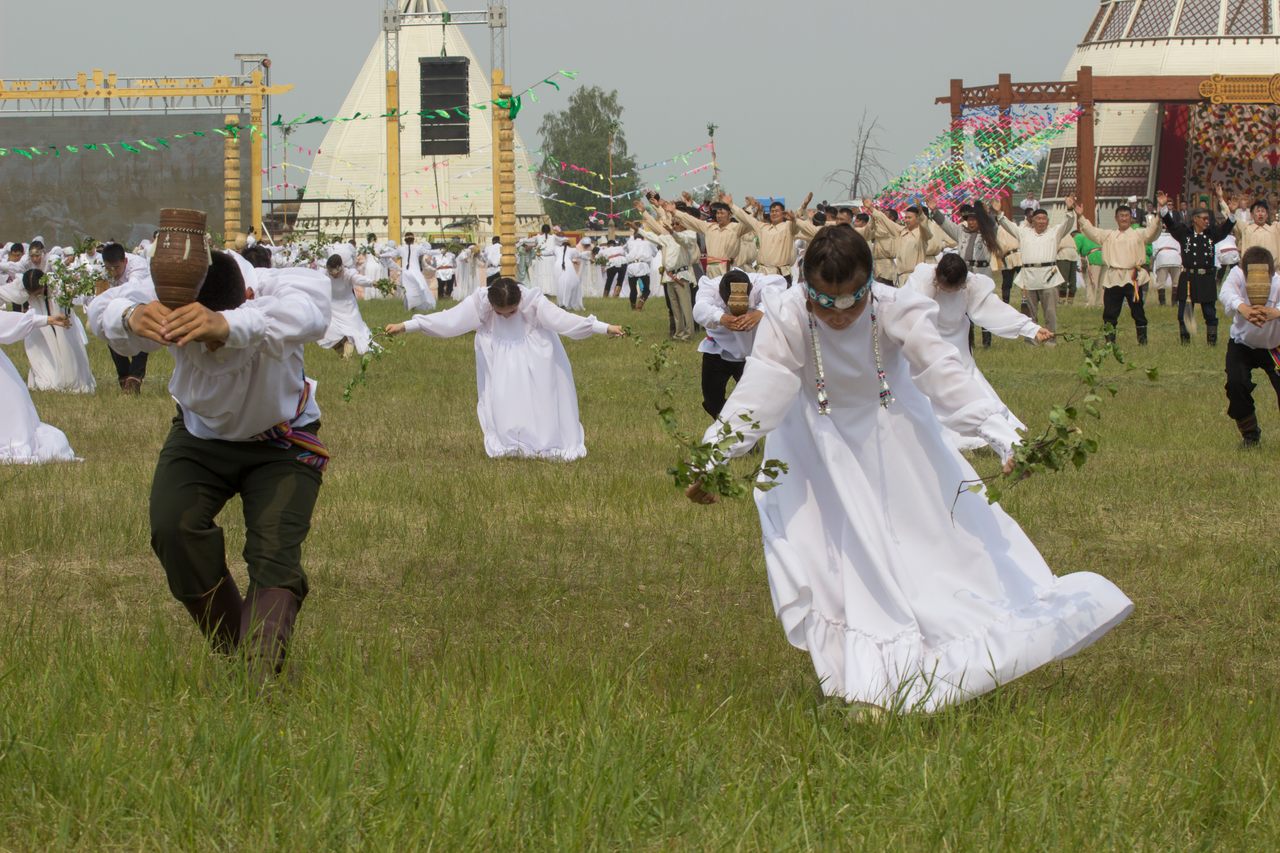

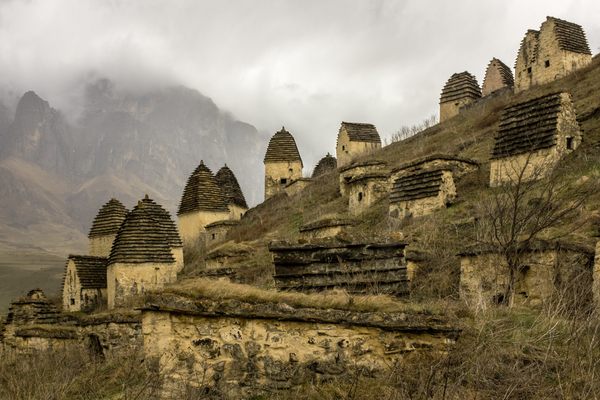

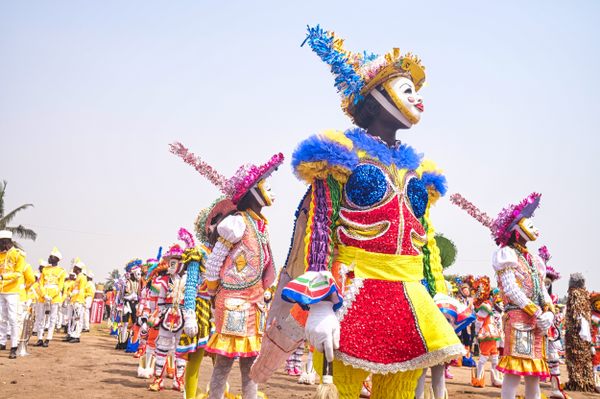
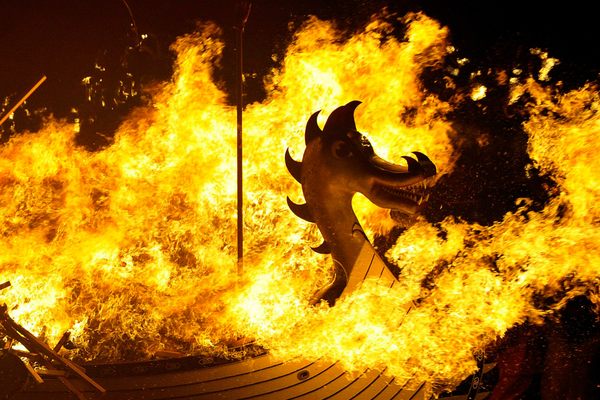

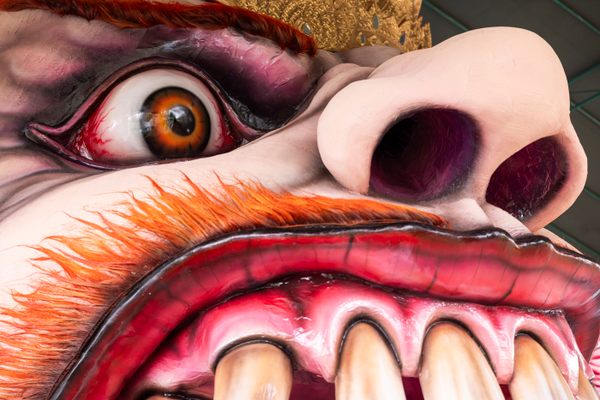












Follow us on Twitter to get the latest on the world's hidden wonders.
Like us on Facebook to get the latest on the world's hidden wonders.
Follow us on Twitter Like us on Facebook